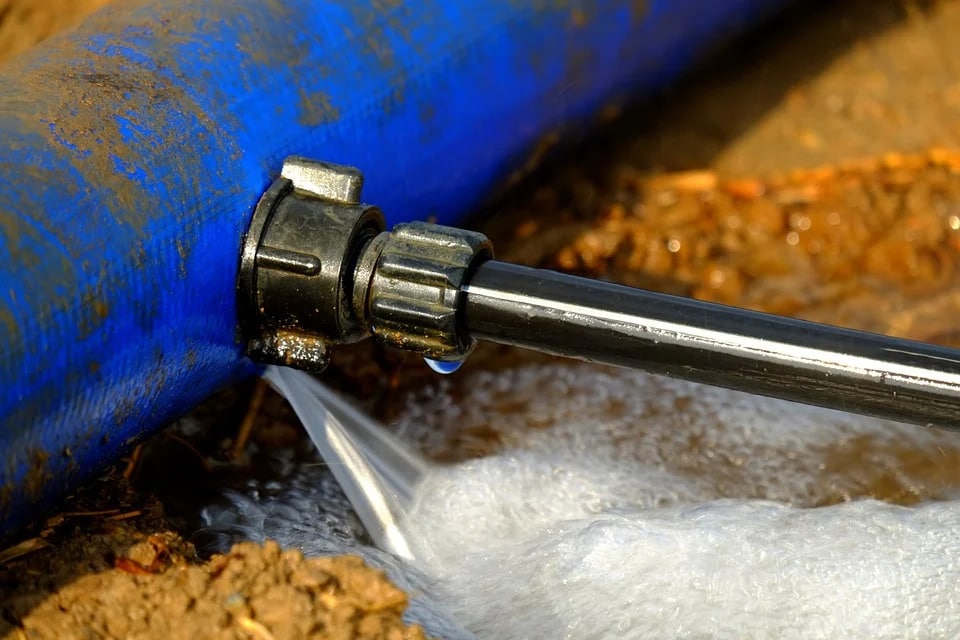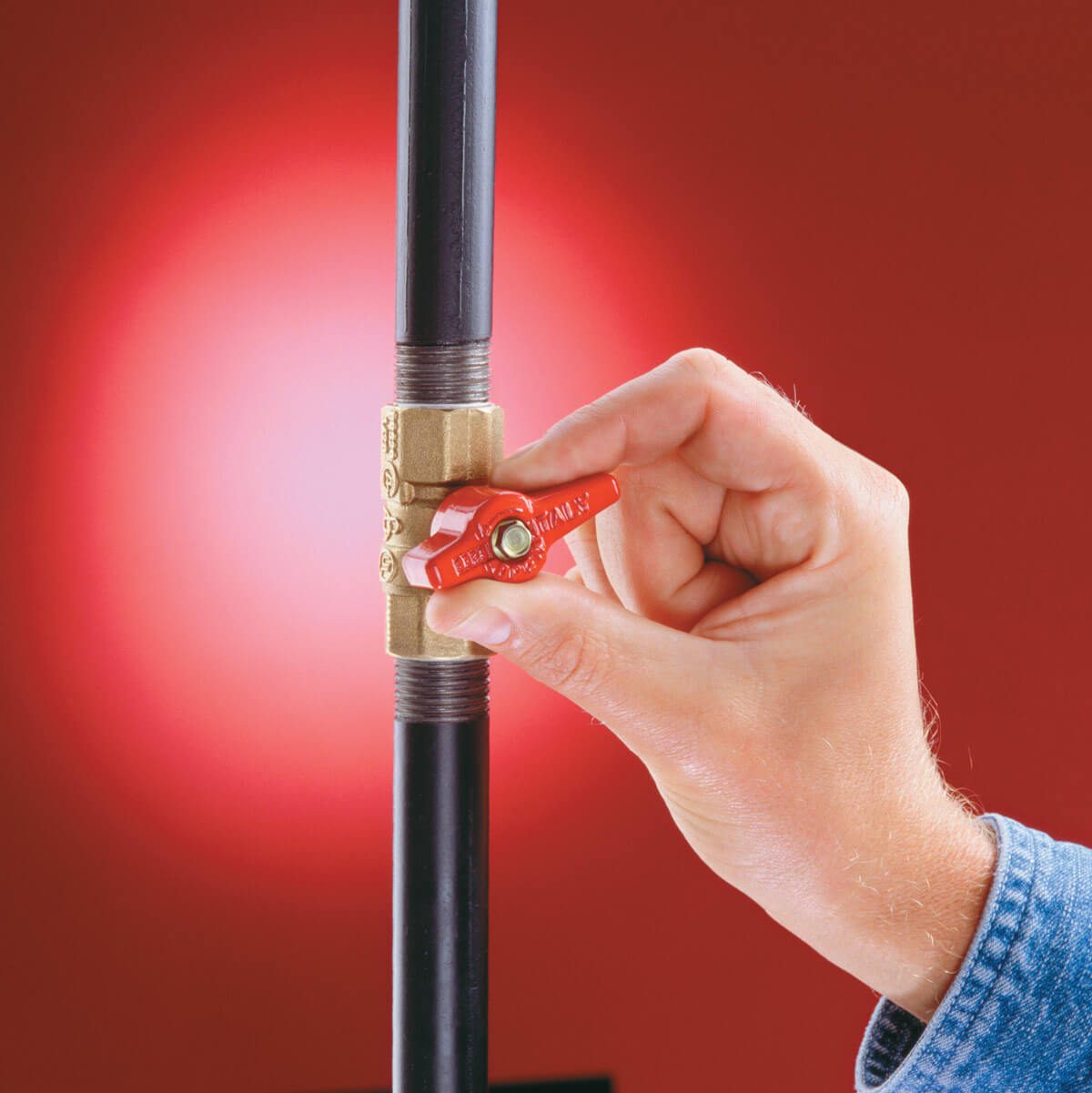Everything to Learn About Septic Tank Maintenance for Every Household
Everything to Learn About Septic Tank Maintenance for Every Household
Blog Article
The article which follows in relation to Water Damage Restoration Do’s And Don’t is exceptionally motivating. Check it out for your own benefit and see what you think about it.

What should you do if a pipes bursts in your house, producing a mini-waterfall and swamping an area of your house? In this scenario, you need to act quickly. The longer you wait, the much more extreme the water damage in your building. When an emergency like this takes place, presence of mind is crucial. For these reasons, you need to discover what to in case of a ruptured water pipe. Take a look at the adhering to tips below to aid you act quickly because time is of the essence.
Turn off the Key Waterline Shutoff
Look for the neighborhood shut-off shutoff to turn-off water in one specific location just. This will certainly cut off the water in your whole residence. Generally, the primary valve is found outside the home following to the water meter.
Call Water Damages Remediation Pros for Assistance
After closing the water source, call the pros for aid. With their professional help, you can alleviate exacerbation due to the fact that water can leak via your things resulting in deformed baseboards, loosened ceramic tiles, or damage framework.
Paper the Damage For Insurance policy
As you are waiting on the pros to get here, record the damage triggered by the errant pipeline. Take pictures and also videos of every little thing. Do closeup shots of valuables. These points will act as proof for your property owner's insurance policy. Staying aggressive with this enables you to sue for protection, which will certainly help you and also your family return on your feet.
Restore Points That Can Be Saved
Browse the things and take out the most crucial ones from the pile once you're done taking photos. Dry them off and also try to protect as high as you can. Drag them far from moisture so they can begin to dry.
Beginning the Drying Process
Lastly, while awaiting the pros, you can start the drying out process. The good news is, water from your waterlines are clean so you don't need to bother with sewer water. The moving water might have disturbed the dust as well as particles in your floorboards and carpets. So be prepared with gloves as you utilize containers to unload out the water. Blot out as much as you can with old towels. You can also turn on an electric fan or open windows to promote air flow. This will certainly accelerate drying out and also hinder mold and mildew and mold growth.
Professionals are the only ones qualified to fix the burs pipelines and also succeeding damages. As well as keep in mind, pipes don't just suddenly ruptured. You will generally see red flags like gurgling paint, weird noises in the plumbing, musty smell, caving ceiling, peeling off wallpaper, or water spots. Pay attention to these points, so you can nip any kind of problems in the bud.
What should you do if a water pipe bursts in your home, producing a mini-waterfall and also swamping an area of your residence? For these reasons, you need to discover what to in case of a ruptured water pipeline. After shutting the water resource, call the pros for assistance. With their expert assistance, you can reduce worsening since water can seep with your things resulting in deformed baseboards, loosened ceramic tiles, or damages framework. Thankfully, water from your waterlines are tidy so you don't have to stress about sewage system water.
BROKEN WATER PIPES: COST TO REPLACE & WAYS TO FIX A PIPE
CAUSES OF A BROKEN WATER PIPE
A water pipe can break for several reasons depending on the environment you live in, type of pipe, and circumstances.
The most common cause of broken pipes is freezing. If you live in a colder climate, this could happen. When water freezes it increases in volume by 9% and the pressure in the pipes can go from 40 psi to 40,000 psi. Clearly, this could be detrimental to the pipes. Water freezing causes quick expansion, which puts stress on the pipes and could lead them to crack or weaken. When water thaws, it will leak out the cracks. Other changes in water pressure can also cause breakage. Another common cause of broken water pipes is age.
Depending on the material, water pipes can last anywhere from 70-100 years. But the older they get, the more susceptible they are to weakening and corroding. Older pipes coming into contact with another material could speed up the corrosion process as well. PVC pipes can become brittle with age, while copper is prone to corrosion and stress over time. Something that could also potentially break water pipes is when they move. They may move from construction or the house settling. Moving can stress the fixed pipe which may lead to a leak or burst pipe.
HOW MUCH WATER COULD LEAK INTO YOUR HOUSE FROM A BROKEN PIPE?
The amount of water that leaks depend on how big the break in a pipe is. If it is just a minor crack, water will slowly leak out. This isn’t as serious as a full broken pipe, but it can still cause significant damage to your home. Burst pipes can leak up to 10 gallons of water per minute. The amount of water leaked also depends on what appliance is involved. The water line to your refrigerator can leak ½ to 1 gallon per minute depending on water pressure. One toilet supply line may leak 2-3 gallons a minute and a washing machine hose will leak up to 10-12 gallons per minute.
TURN THE WATER OFF
Doing this first is imperative; everything else can wait. You need to deactivate the water supply to stop the flow of water and prevent more water from leaking into your home. Shutting off the water could potentially save you thousands in water damage repairs. Locating the water shutoff valve depends on the climate you live in. For colder climates, the valves are usually inside, such as in the basement. For houses in milder weather, the shutoff valves will probably be outside—either attached to an exterior wall or in an underground box with a removable lid.
OPEN A FAUCET
The next thing to do is to open a faucet or turn on a sink. This will relieve any remaining water pressure in the pipes and ensure a full-shut down.
GET RID OF THE WATER
The quicker you get rid of the water, the less water damage and mold there could be. Use a mop and a shop vacuum to help get clean up the water. Use towels to dry everything the best you can.
CUT AND REMOVE THE DAMAGED PIPE
Once you have shut off the water and drained the damaged water pipe, you can begin to fix the issue. Cut out the damaged section of the pipe with a pipe cutter, ensuring that you also cut one inch extra on each side of the damage. Once you get rid of the broken part of the pipe, you may begin repairs.
https://www.wmhendersoninc.com/blog/broken-water-pipes-cost-to-replace-ways-to-fix-a-pipe/

I'm certainly very fascinated with What You Should And Shouldn’t Do When Dealing With Water Damage and I am assuming you enjoyed the blog entry. Kindly take a moment to share this write-up if you enjoyed it. I truly appreciate reading our article about Water Damage Restoration Do’s And Don’t.
Report this page